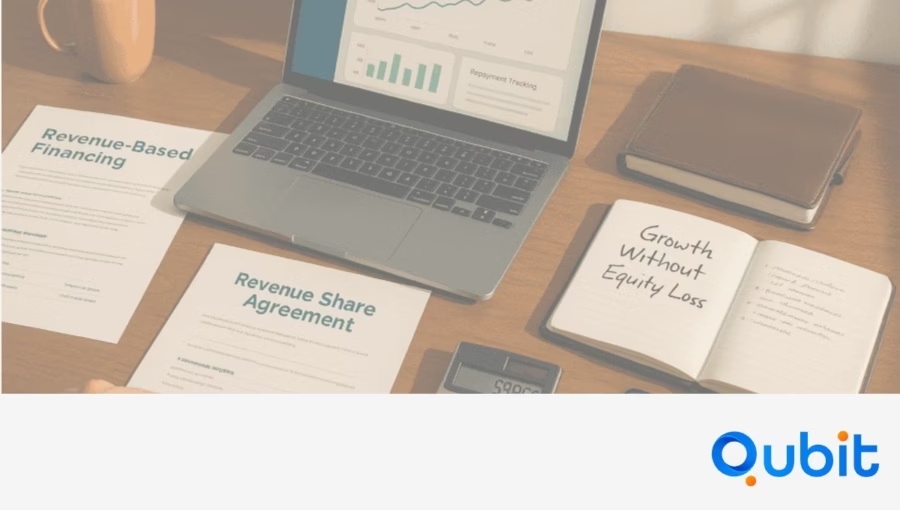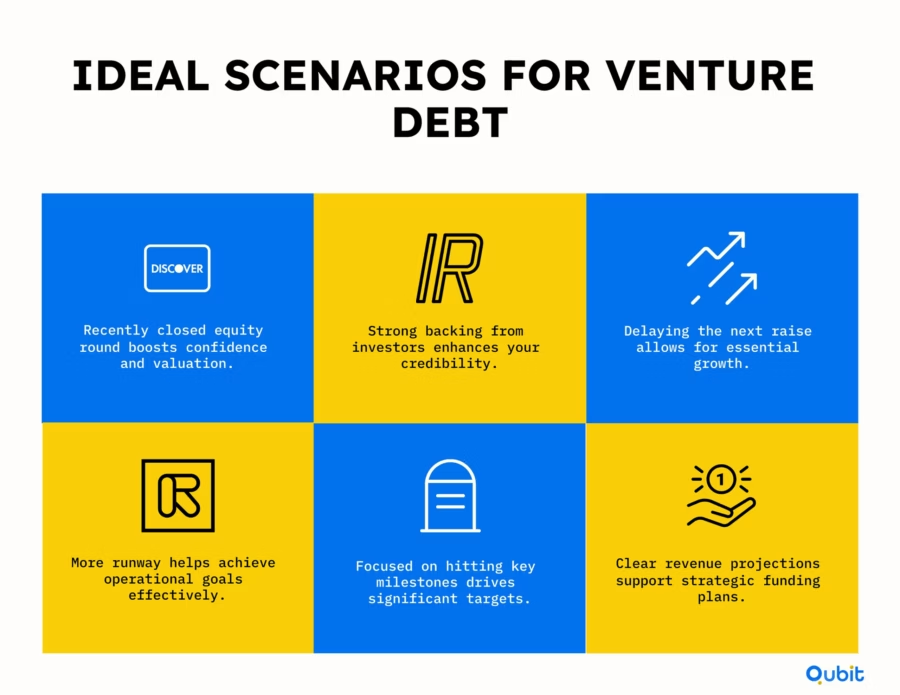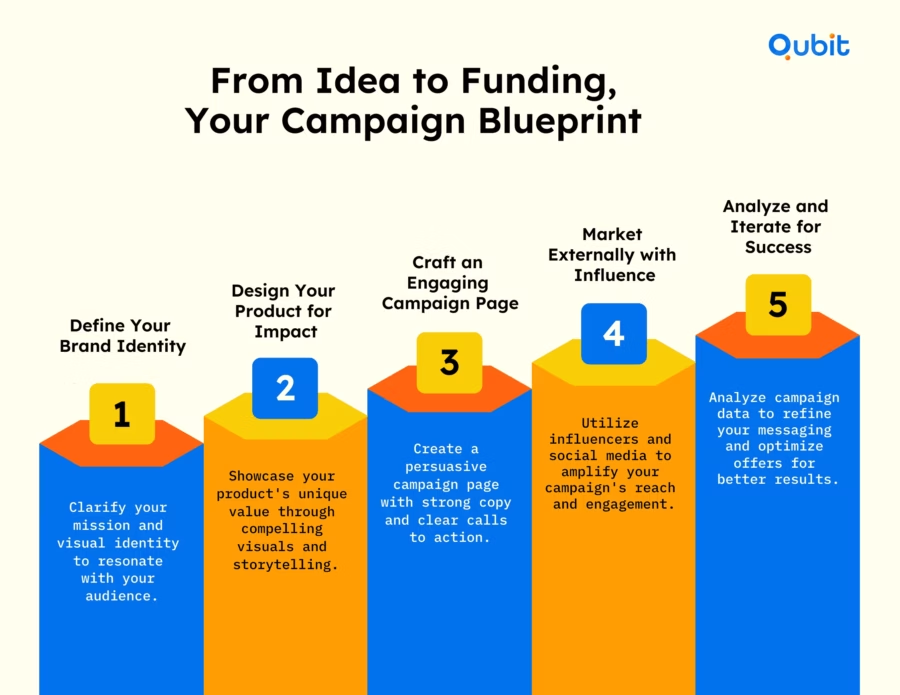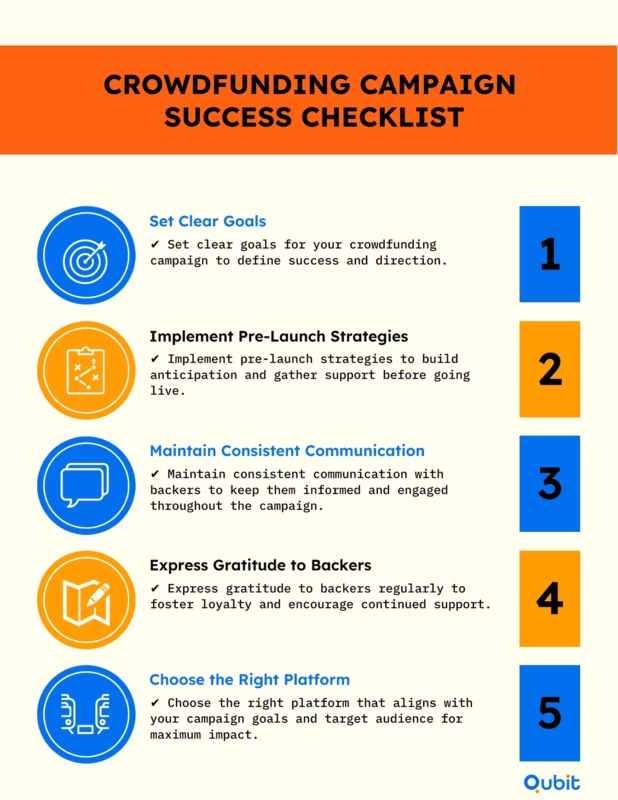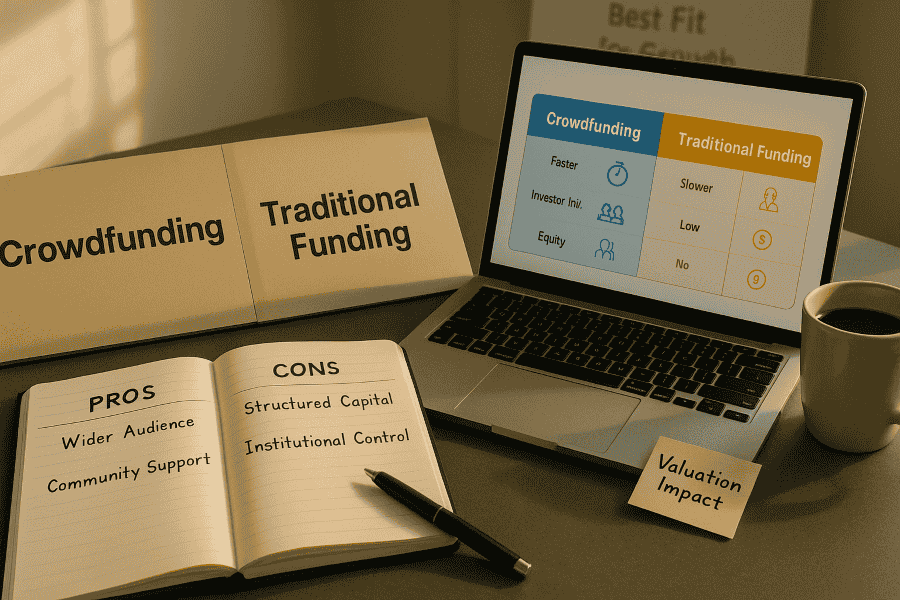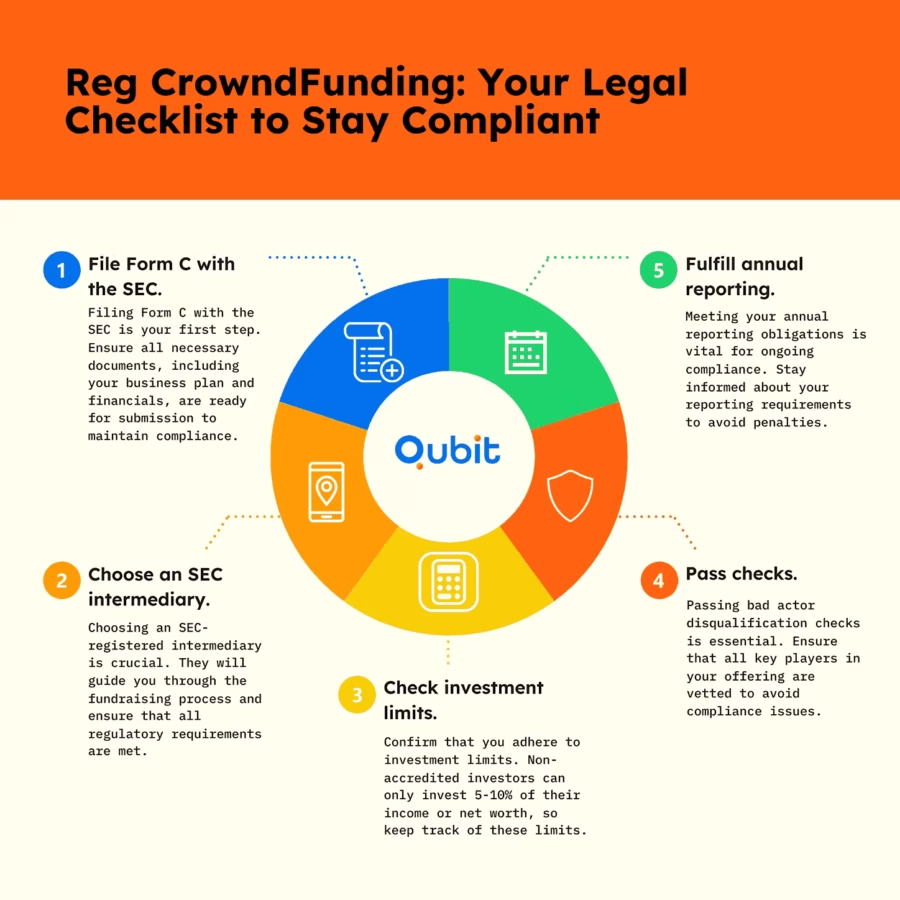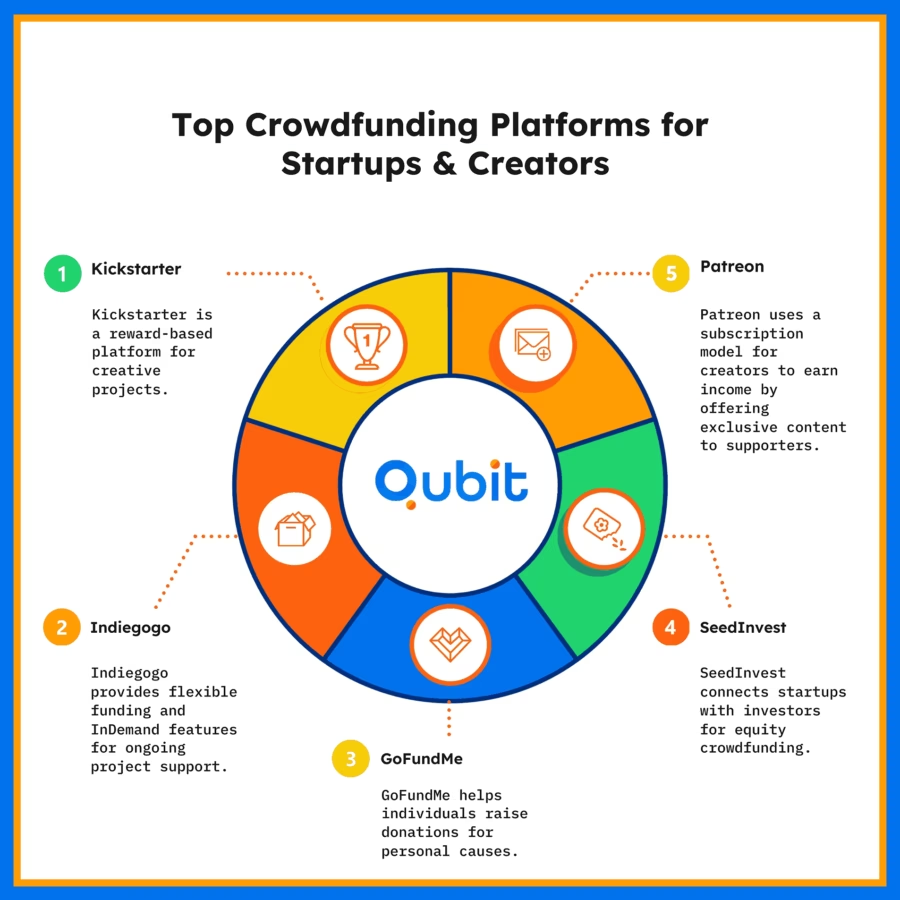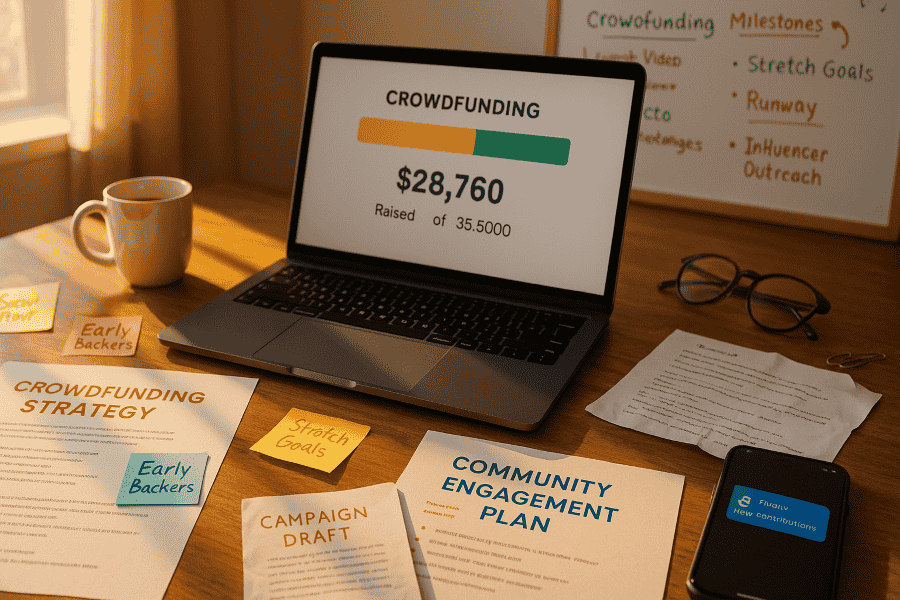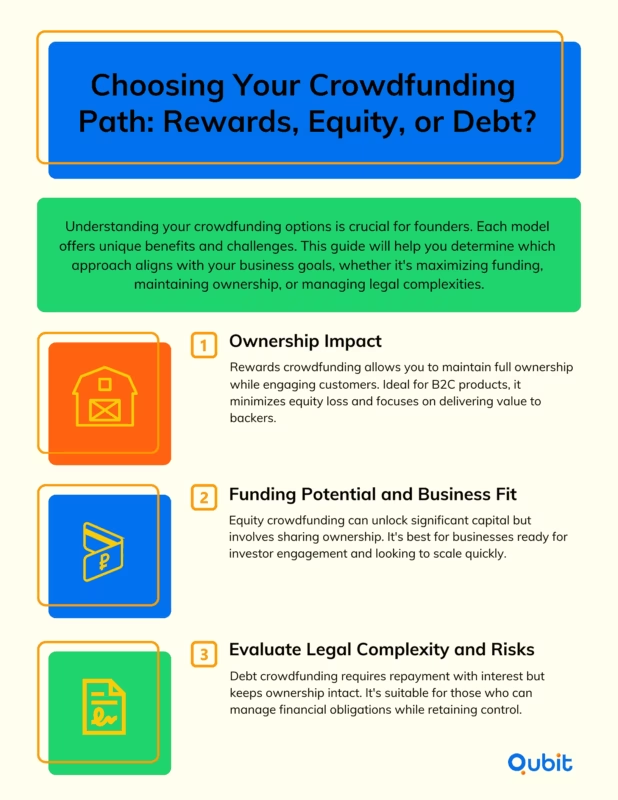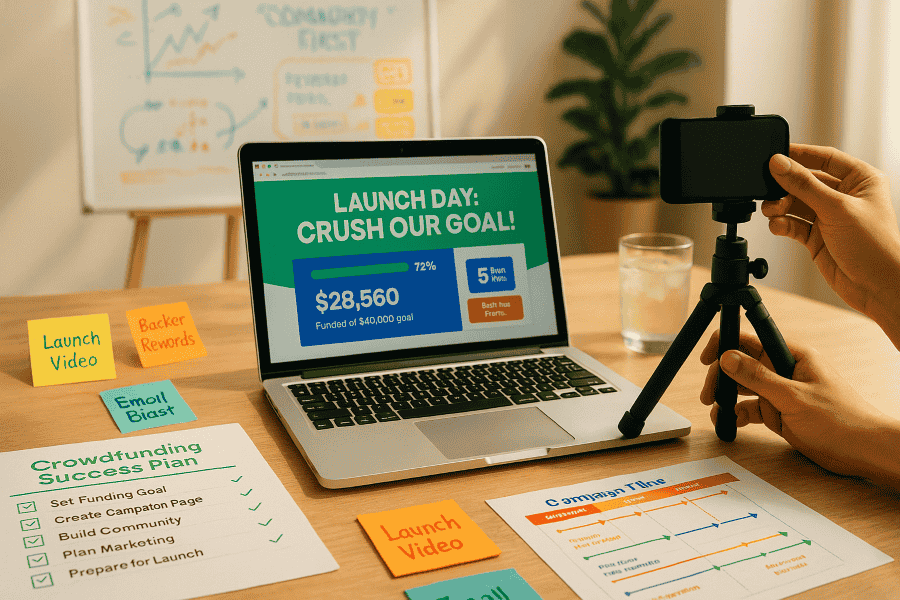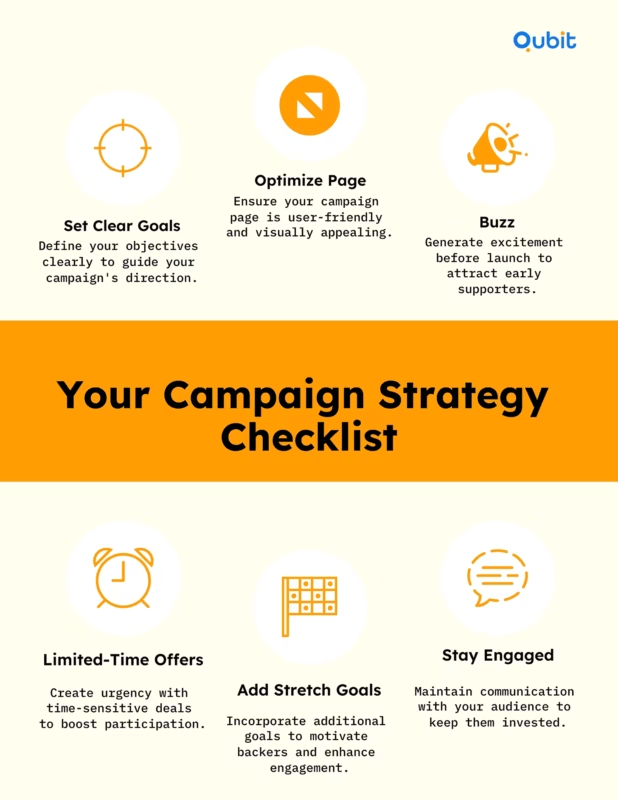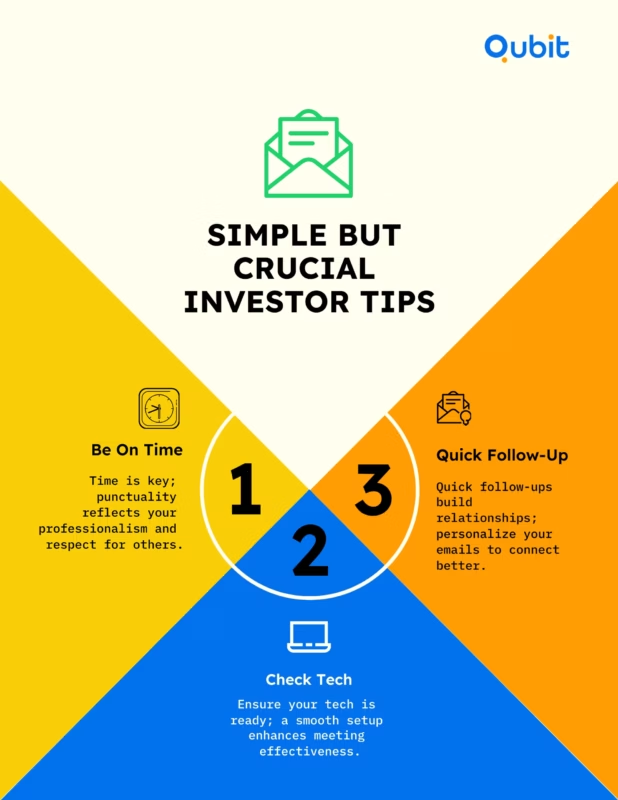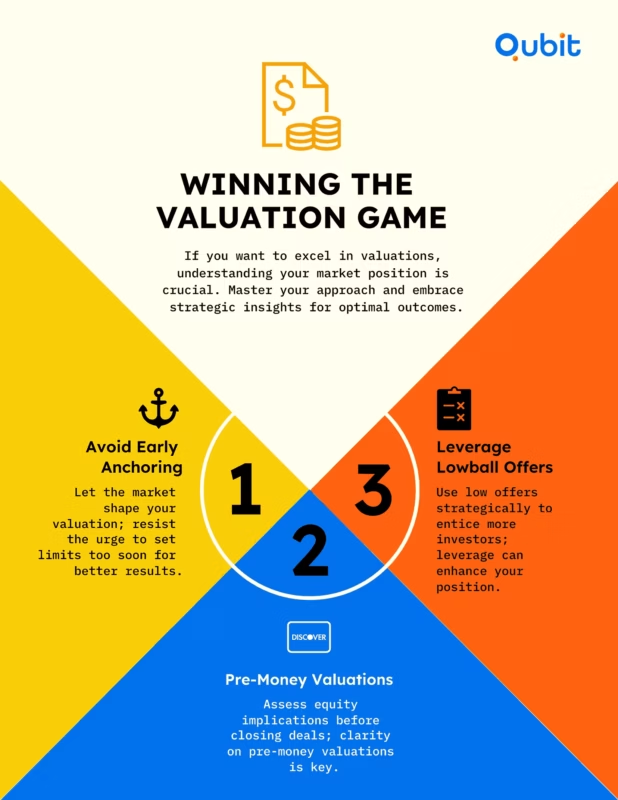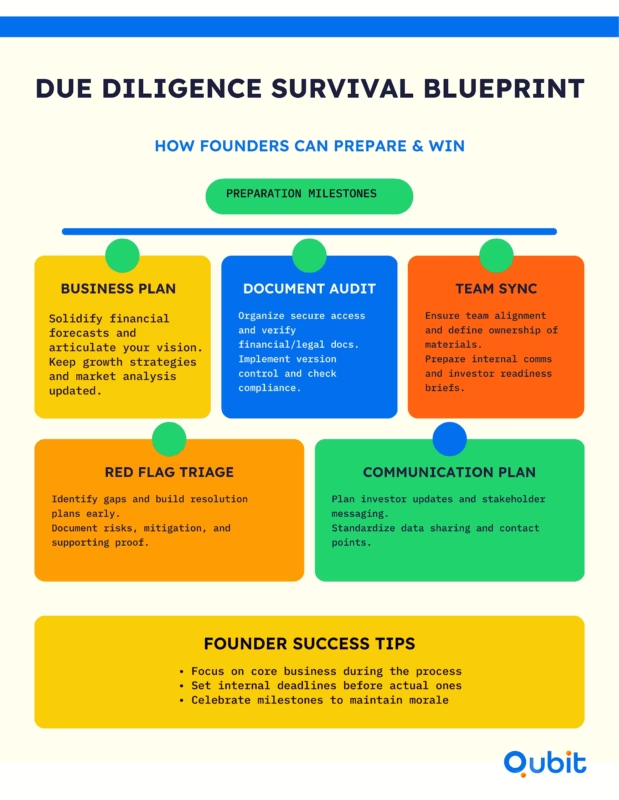Crowdfunding success isn’t just about the funds—it’s about the people who believe in your vision. Community engagement turns ideas into reality; a strong, connected group not only widens your campaign’s reach but also builds trust and credibility around the project.
When founders weigh different ways to raise money, viewing community-driven capital alongside the types of startup funding puts each option in perspective and shows where crowdfunding can make the biggest impact.
This blog will delve into why fostering a crowdfunding community is crucial, share actionable strategies, and highlight real-world examples to inspire your journey. Ready to unlock the power of your community? Let’s dive in!
What You Need to Know About Community-Centric Crowdfunding
Crowdfunding success often hinges on the strength of community engagement. By fostering meaningful connections and creating a shared sense of purpose, campaigns can transform passive supporters into active contributors. This approach not only amplifies fundraising efforts but also builds lasting relationships that extend beyond the campaign itself.
The Role of Simplified Data Visualization
Clear and concise data visualization is a cornerstone of community-driven crowdfunding. When potential backers can easily understand campaign goals, progress, and impact, they are more likely to contribute. Tools like progress bars, infographics, and interactive charts simplify complex information, making it accessible to a broader audience. For example, campaigns that use visual storytelling to highlight milestones often see higher engagement rates compared to those relying solely on text-based updates.
Strategic Communication: The Key to Engagement
Effective communication strategies are essential for maintaining momentum in crowdfunding campaigns. Regular updates, personalized messages, and transparent reporting foster trust and keep the community invested in the campaign’s success. Case studies show that campaigns with consistent communication—such as weekly updates or live Q&A sessions—experience higher retention rates among backers.
Defining Community-Driven Crowdfunding
Community-driven crowdfunding is more than just raising funds; it’s about creating a collective movement. This approach focuses on aligning the campaign’s mission with the values of its supporters, ensuring that every contributor feels like a vital part of the journey. By emphasizing collaboration and shared goals, campaigns can cultivate a loyal base of backers who are motivated to spread the word and encourage others to join.
Key Crowdfunding Metrics and Trends You Can Act On
Understanding the right metrics and trends can transform a crowdfunding campaign from average to exceptional. With 85% of users favoring simplified data visualization, clarity in communication has never been more critical. This section explores actionable insights, including the rise of AI-driven analytics and real-time data processing, to help you stay ahead in the crowdfunding space.
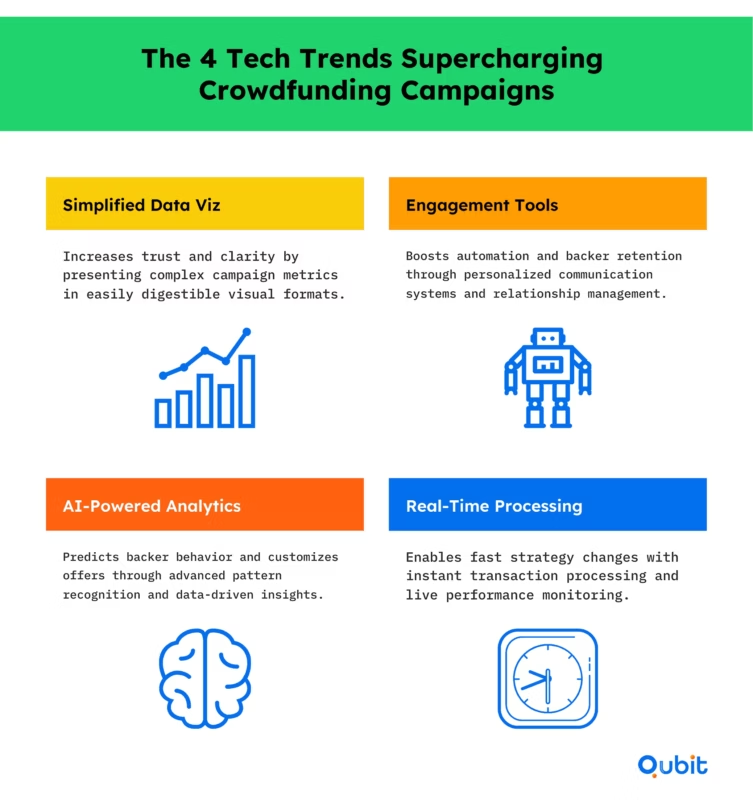
1. Simplified Data Visualization: A Must-Have
Clear and concise visuals are no longer optional—they’re essential. Whether it’s through infographics, charts, or progress bars, straightforward visuals can significantly enhance community engagement. Use this statistic to emphasize the importance of straightforward visuals in rewards and updates, ensuring your backers stay informed without feeling overwhelmed.
2. The Growing Adoption of Engagement Tools
The crowdfunding landscape is witnessing a 40% increase in tool adoption. This surge underscores the growing reliance on advanced platforms designed to streamline campaign management and boost engagement. Startups and creators are increasingly turning to tools that offer features like automated email updates, social media integration, and audience analytics. Incorporating this data point into your strategy can highlight why adopting the right tools is crucial for crowdfunding efficiency.
3. AI-Driven Analytics: The Future of Campaign Optimization
AI is reshaping how crowdfunding campaigns are planned and executed. With an increased focus on AI-driven analytics, organizations are now able to analyze community feedback swiftly and optimize their strategies in real time. These tools can identify patterns in backer behavior, predict funding trends, and even suggest personalized rewards to enhance user satisfaction. As AI continues to evolve, its role in crowdfunding will only grow, making it a trend worth embracing.
4. Real-Time Data Processing: Instant Insights for Better Decisions
The demand for real-time analytics is transforming how campaign metrics are monitored. Platforms that support real-time data processing allow creators to track engagement metrics as they happen, enabling quicker adjustments to campaign strategies. Whether it’s tweaking a reward tier or launching a flash promotion, immediate insights can make all the difference in achieving funding goals. Include tips on selecting platforms that support real-time monitoring to ensure your campaign stays agile and responsive.
Why These Metrics and Trends Matter
These insights aren’t just numbers—they’re a roadmap to building stronger connections with your backers. Simplified visuals foster trust, advanced tools enhance efficiency, and cutting-edge technologies like AI and real-time analytics empower creators to make data-driven decisions. By acting on these trends, you can elevate your crowdfunding efforts and ensure long-term success.
Crowdfunding Strategies That Work: Case Studies, Tools, and Tips
Crowdfunding campaigns thrive on strategic community engagement, and aligning these efforts with each campaign stage is essential for success. This section explores effective crowdfunding strategies, supported by case studies in crowdfunding and analytical tools, to help you maintain momentum and improve engagement throughout your campaign.
1. Aligning Community Engagement with Campaign Stages
Crowdfunding campaigns typically unfold in three stages: pre-launch, active campaign, and post-campaign. Each phase demands tailored community engagement tactics to maximize impact.
- Pre-Launch: Building anticipation is key. Use social media polls, teaser videos, and email newsletters to spark interest.
- Active Campaign: During this phase, consistent updates and interactive content keep backers engaged.
- Post-Campaign: Retaining backer loyalty is just as important as securing initial funding. Share progress updates, thank-you notes, and exclusive previews of your product or service.
2. Data-Driven Approaches: Tools and Case Studies
Harnessing data can significantly enhance your crowdfunding strategies.
Case Study 1: Pebble Technology’s Smartwatch CampaignPebble leveraged Kicktraq, a real-time analytics dashboard, to track daily funding velocity, new-backer rates and average pledge amounts. By combining Kicktraq’s trend charts with backer location data and engagement metrics, the team:
Segmented their audience into cohorts (early-tech adopters, overseas backers, late-stage supporters)Customized update content and reward upsells for each segmentSpotted underperforming regions and optimized ad spend accordingly
Case Study 2: Flow Hive’s Pre-Launch Trend Analysis
The Flow Hive team used a combination of Google Analytics and a dedicated landing‐page signup funnel to gather and analyze pre-launch interest:
Email-list segmentation – They A/B tested subject lines and calls-to-action to grow their list from an initial goal of 1,000 to over 70,000 sign-ups.
Timing via trend analysis – Monitoring social-media buzz around beekeeping seasons, they chose a late-spring launch to coincide with peak hobbyist engagement.
Targeted outreach – Segments of sign-ups (environmental advocates vs. hobby beekeepers) received tailored messaging highlighting features most relevant to them.
These tactics fueled rapid momentum: Pebble hit its $100 K goal within two hours and ultimately raised $10.2 million, becoming one of Kickstarter’s most-funded projects ever.
3. Actionable Tips for Sustaining Momentum
Maintaining campaign momentum requires a mix of creativity and consistency. Here are some actionable recommendations:
- Engage with Backers Regularly: Respond to comments, share updates, and celebrate milestones to foster a sense of community.
- Use Visual Storytelling: High-quality images and videos can make your campaign more relatable and compelling.
- Collaborate with Influencers: Partnering with influencers in your niche can amplify your reach and attract new backers.
By combining these strategies with the insights from case studies and tools, you can create a dynamic, data-driven crowdfunding campaign that keeps your community engaged and invested.
Your Final Takeaways and Next Steps for Crowdfunding Success
Crowdfunding success hinges on building a strong connection with your community. Throughout this article, we’ve explored essential strategies to foster engagement and optimize campaigns. Now, let’s summarize the key lessons and outline actionable crowdfunding tips you can implement immediately.
Key Lessons on Community Engagement
- Authenticity Matters: Share your story with transparency and passion to resonate with your audience.
- Consistent Communication: Keep supporters informed with regular updates to maintain their interest and trust.
- Reward Creativity: Offer meaningful incentives that align with your campaign’s mission and appeal to your backers.
- Leverage Social Proof: Highlight testimonials and endorsements to build credibility and encourage participation.
Actionable Steps for Campaign Optimization
- Define Your Audience: Identify your target demographic and tailor your messaging to address their needs and interests.
- Craft a Compelling Pitch: Use visuals, videos, and concise storytelling to make your campaign stand out.
- Engage Early: Build momentum by involving your community before launching your campaign.
- Utilize Social Media: Share updates, host live Q&A sessions, and encourage followers to spread the word.
- Track Performance: Monitor metrics like engagement rates and funding progress to refine your strategy.
By applying these community engagement best practices, you’ll be well-equipped to maximize your crowdfunding potential.
Conclusion
Crafting a successful crowdfunding campaign requires more than just a compelling idea—it demands a strategic approach to community engagement. Throughout this article, we’ve explored key strategies such as storytelling, building trust, and maintaining consistent communication to foster meaningful connections with your audience. These elements not only enhance your campaign’s visibility but also inspire potential backers to support your vision.
A narrative-driven approach is essential for creating a sense of belonging and purpose among your supporters. By focusing on authenticity and transparency, you can transform casual interest into lasting commitment.
Ready to take your campaign to the next level? Explore how our Qubit Capital services can help you strategize and achieve your funding goals. Let’s make your vision a reality!
Key Takeaways
Community engagement lies at the heart of successful crowdfunding—building early excitement, trust, and advocacy that can significantly influence your campaign’s momentum and reach.
Simplified data visualizations, such as progress bars, backer demographics, and goal tracking, help boost transparency and reinforce backer confidence in your project’s credibility.
Leveraging real-time data and AI-powered analytics allows campaign creators to adapt quickly, fine-tune messaging, and make informed decisions throughout the fundraising process.
Sustained campaign success depends on actionable strategies and clear, consistent communication, which together help maintain enthusiasm, attract new backers, and keep your community engaged.
Incorporating expert tools, templates, and insights drawn from successful case studies can dramatically improve outcomes—turning your crowdfunding effort from a basic launch into a well-orchestrated growth engine.





